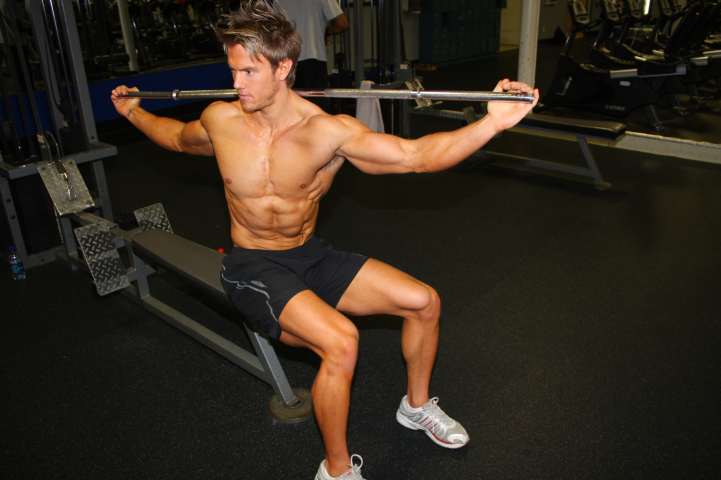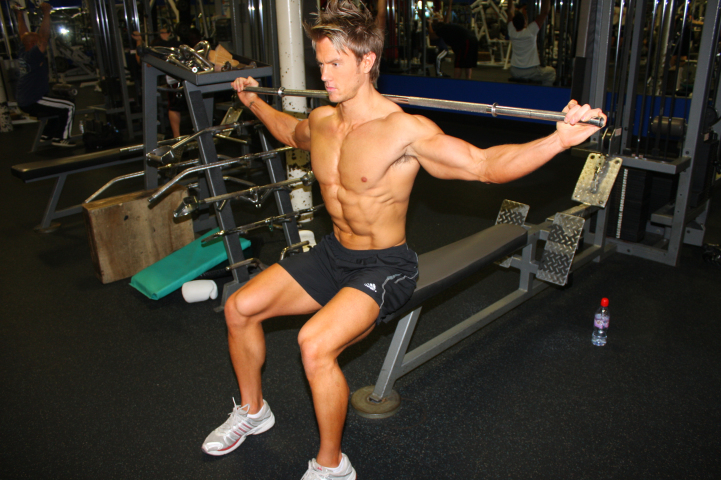Prehabilitate Your Golf!
Posted on January 31st, 2019 by Andries Lodder
By Nicole Harran
Golf: “a game played on a large open-air course, in which a small hard ball is struck with a club into a series of small holes in the ground, the object being to use the fewest possible strokes to complete the course.”What makes golf so challenging?
Golf is a game of asymmetrical movements which places stresses on the body from multiple directions. Biomechanically, swinging a golf club is an intricate and abnormal action that incorporates the whole body. Now thinking about it mathematically, the average golf course is a stroke 72, meaning to shoot even on 18 holes, an individual’s round will consist of 72 shots. For all the non-professionals, this score lives in our beautiful imagination. However, working with our imagination, 72 golf shots are very similar to performing around 72 oblique crunches to one side! What could go wrong?What could go wrong…
The asymmetrical repetitive movements place the body under huge amounts of stress, leading to troublesome aches and pains, inevitably affecting your game. So before these aches and pains become a part of your game why not do something about it?What to do?
Due to the nature of ones swing, it causes rotation of the spine, imbalances in the muscles and limitations with regards to range of motion. With exercise we want to prevent these components by de-rotating the spine, addressing the muscular imbalances and increase ones range of motion. By doing this we have every intention of strengthening golfers, physically and mentally to improve their golf game.Go through the phases of prehabilitation.
-
Assess your golf posture and swing:
- Scrutinize your swing biomechanics, posture, stability and muscular strength and weaknesses.
-
Identify the demands:
- Observe what type of movements and demands golf places on your body.
-
Identify the risks:
- Recognize what risks your body may be under due to possible faulty swings, posture, instability or weakness.
What to incorporate into a golf prehabilitation program:
The exercises need to be golf specific, therefore incorporating the demands of varying golf swings. No one person has an identical swing and therefore the program needs to be tailored towards the individual’s needs. All individual’s will identify different areas in need of attention however there are some common focus areas that should be addressed in all golfers. These areas involve increasing one’s trunk, hip and shoulder mobility and strengthening the hips and core. One exercise to improve trunk and shoulder mobility while addressing core and hip stability is:Thoracic mobility and hip stability
- Sitting on a chair with the hips and knees at 90 degrees and back upright.
- Place a golf club/pole behind the shoulders, opening up the chest and externally rotating the shoulders.
- Squeezing the knees together, make sure the hips do not shift and displace the knees.
- Squeeze from the abdominal muscles and rotate the trunk, shoulders and head to one side. Return back to center and repeat on the other side.
To progress this exercise:
- Assume your golf swing position, knees slightly bent and back straight.
- Place a golf club/pole behind the shoulders, opening up the chest and externally rotating the shoulders, maintaining a straight back.
- Squeeze from the abdominal muscles and rotate the trunk, shoulders and head to one side.
- Return back to center and repeat on the other side.
Tweet


